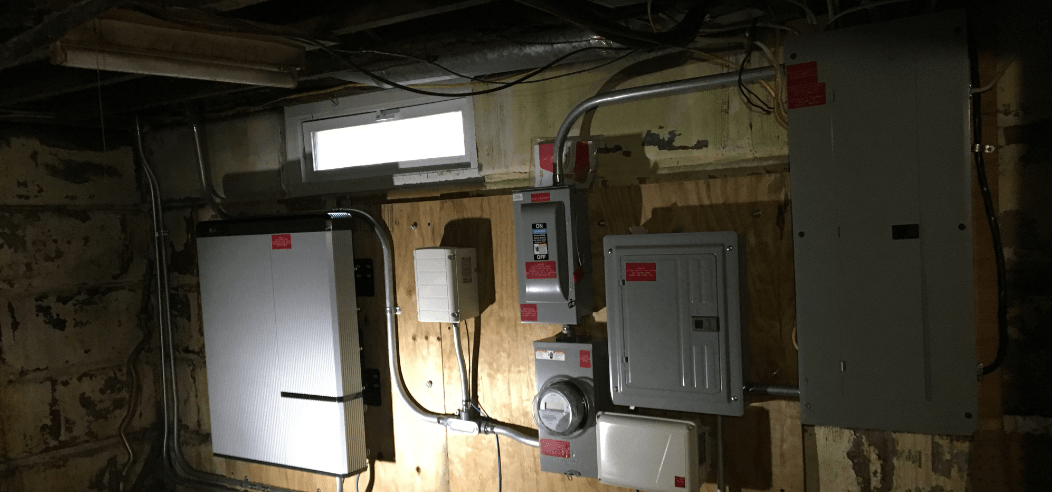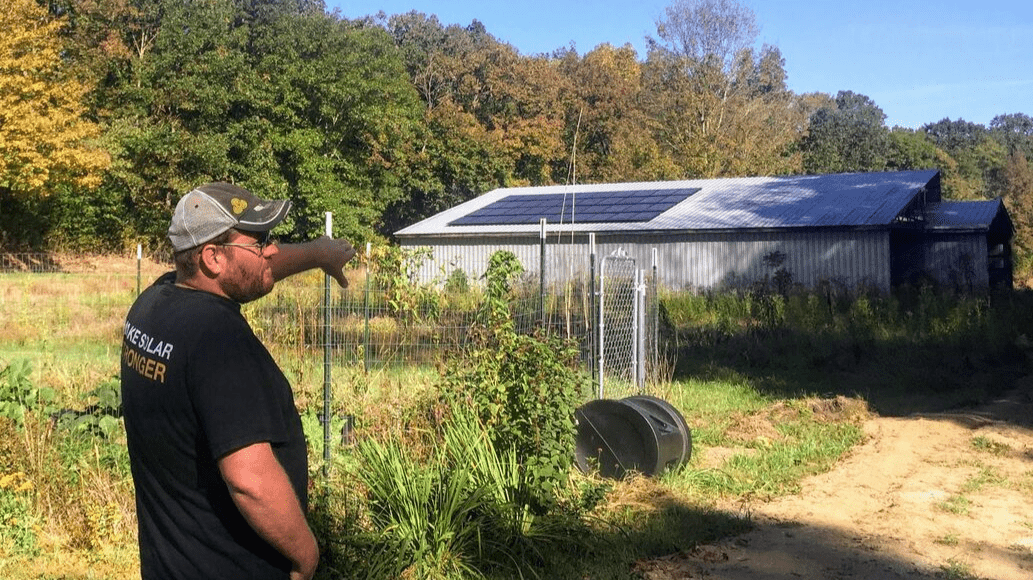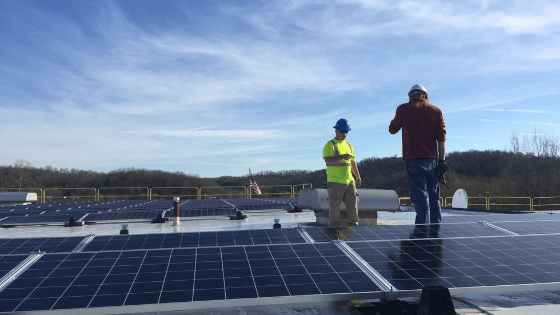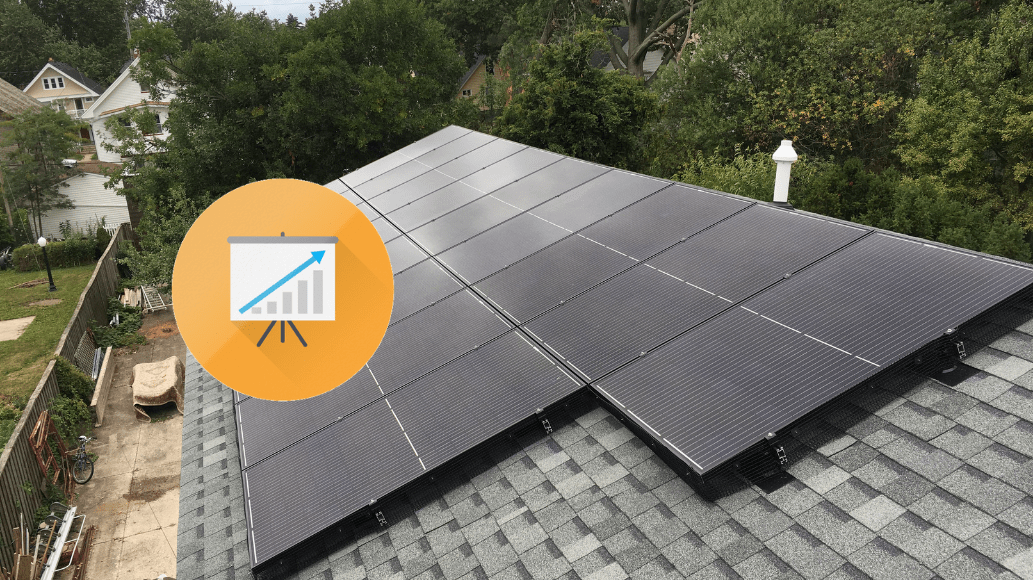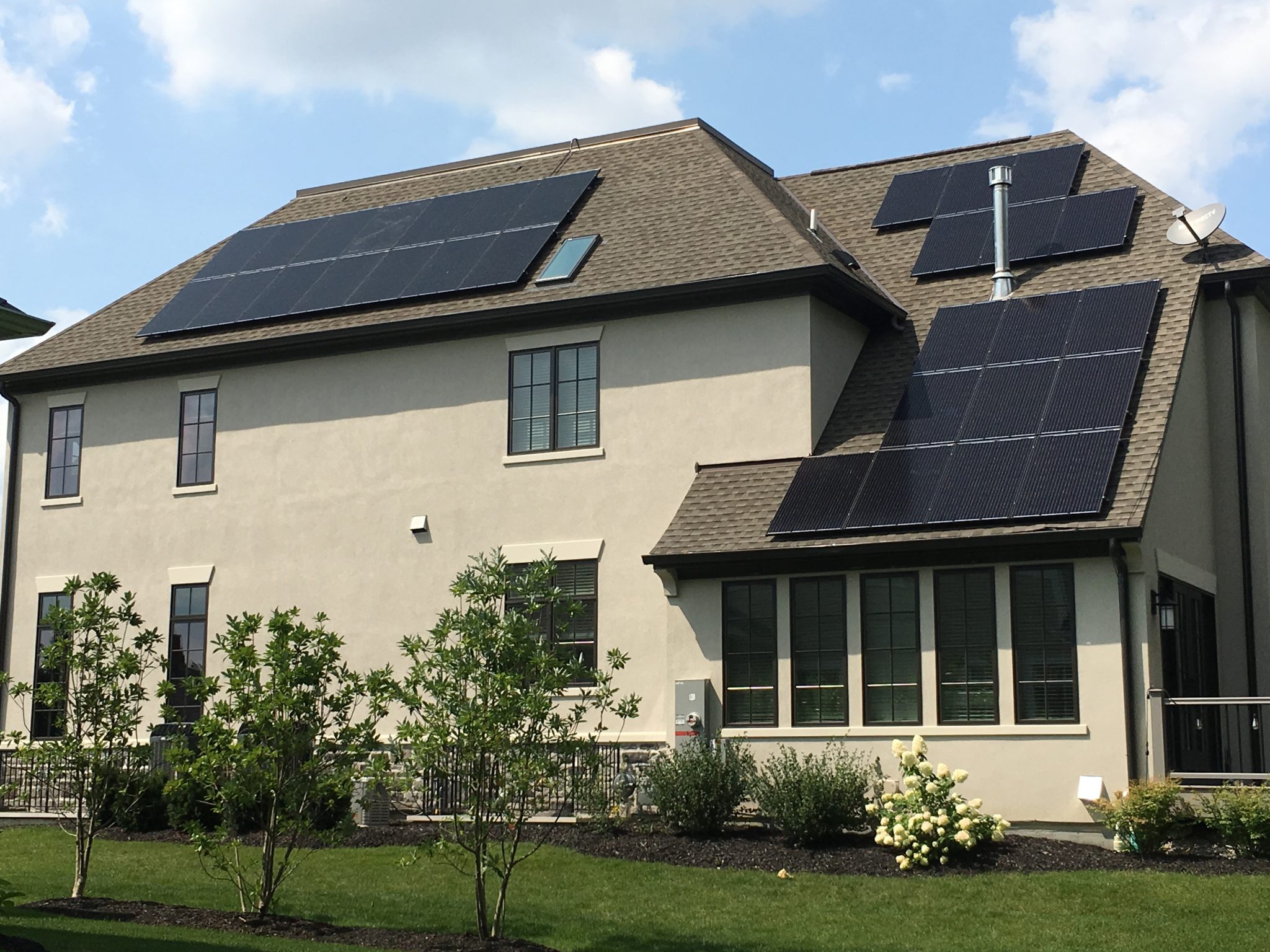On October 5 & 6, 2019, hundreds of home and business owners who have gone solar across the United States hosted solar open houses on the National Solar Tour, to share the power of solar energy with their communities. Homeowners welcome members of the community into their homes to see their solar system up close and hear testimonial experience and reasoning for going solar.
For a complete list of participating homes across the states and across Ohio, visit the National Solar Tour Map page here.
Who is participating?
- The 2019 National Solar Tour brought together solar energy supporters from all across the country and all walks of life.
- There were more than 800 sites and 70 local solar tours participating across 46 states.
What did attendees learn?
- Solar open houses are a chance to visit homes and businesses that use solar energy, green building design, energy efficiency, electric vehicles, and other innovative or proven technologies.
- Tour attendees will be able to see local renewable energy in action. They can ask home and business owners about their systems.
- The Tour is an opportunity for solar supporters to network with each other for a fun and educational experience.
- Solar tour visitors will learn about:
- Reducing electricity costs;
- Supporting energy independence;
- Protecting against power outages; and
- Reducing carbon emissions.
Why Attend?
- Connect with others who are interested in solar;
- See a solar system in action;
- Find answers to your questions;
- Share stories of your solar journey; and
- Celebrate the power of solar energy!
[av_hr class=’invisible’ height=’50’ shadow=’no-shadow’ position=’center’ custom_border=’av-border-thin’ custom_width=’50px’ custom_border_color=” custom_margin_top=’30px’ custom_margin_bottom=’30px’ icon_select=’yes’ custom_icon_color=” icon=’ue808′ font=’entypo-fontello’ av_uid=’av-ch2yuu’ admin_preview_bg=”]
Sunbury, Ohio
Event information: https://www.nationalsolartour.org/open-houses/1468/
This 28 panel ground mounted array is a 7.5 kW solar system. It offsets the homes energy consumption by 68% and will save the homeowners $62,543 over the lifetime of the system.
[av_gallery ids=’6087,6088′ style=’thumbnails’ preview_size=’portfolio’ crop_big_preview_thumbnail=’avia-gallery-big-crop-thumb’ thumb_size=’portfolio’ columns=’2′ imagelink=’lightbox’ lazyload=’avia_lazyload’ av_uid=’av-bbjrp2′ admin_preview_bg=”]
[av_hr class=’invisible’ height=’50’ shadow=’no-shadow’ position=’center’ custom_border=’av-border-thin’ custom_width=’50px’ custom_border_color=” custom_margin_top=’30px’ custom_margin_bottom=’30px’ icon_select=’yes’ custom_icon_color=” icon=’ue808′ font=’entypo-fontello’ av_uid=’av-8s8ina’ admin_preview_bg=”]
Powell, Ohio
Event information: https://www.nationalsolartour.org/open-houses/1314/
Solar homeowner & host, Michael Schaal is a renewable energy advocate and independent solar consultant. While relatively new to commercial solar, Michael has been passionate about renewable energy for many years. His initial interest led him to pursue solar energy for his own home after successfully overturning local homeowner association restrictions on solar. In addition to promoting solar in his neighborhood (3 homes and counting!), Michael is also active regionally with Solar United Neighbors and has presented at their annual conference on overcoming HOA obstacles.
Check out his 7.5 kW black on black solar array, learn about Home Owners Associations & get all of your solar questions answered.
[av_gallery ids=’6094,6095,6096,6097′ style=’thumbnails’ preview_size=’portfolio’ crop_big_preview_thumbnail=’avia-gallery-big-crop-thumb’ thumb_size=’portfolio’ columns=’4′ imagelink=’lightbox’ lazyload=’avia_lazyload’ av_uid=’av-7q1rwm’ admin_preview_bg=”]
[av_hr class=’invisible’ height=’50’ shadow=’no-shadow’ position=’center’ custom_border=’av-border-thin’ custom_width=’50px’ custom_border_color=” custom_margin_top=’30px’ custom_margin_bottom=’30px’ icon_select=’yes’ custom_icon_color=” icon=’ue808′ font=’entypo-fontello’ av_uid=’av-5ut2ue’ admin_preview_bg=”]
Athens, Ohio
Event information: https://www.nationalsolartour.org/open-houses/1089/
Did you know that Ohio favorite Jackie O’s is a solar powered brewery?
“Our eventual goal is 100 percent sustainability,” said Founder Art Osterike, “A good economy and healthy planet aren’t mutually exclusive and we look forward to working with Third Sun Solar to show that to beer lovers and decision makers across Ohio, the Midwest and the entire country.”
[av_gallery ids=’6081′ style=’thumbnails’ preview_size=’portfolio’ crop_big_preview_thumbnail=’avia-gallery-big-crop-thumb’ thumb_size=’portfolio’ columns=’2′ imagelink=’lightbox’ lazyload=’avia_lazyload’ av_uid=’av-3u8jx2′ admin_preview_bg=”]
[av_hr class=’invisible’ height=’50’ shadow=’no-shadow’ position=’center’ custom_border=’av-border-thin’ custom_width=’50px’ custom_border_color=” custom_margin_top=’30px’ custom_margin_bottom=’30px’ icon_select=’yes’ custom_icon_color=” icon=’ue808′ font=’entypo-fontello’ av_uid=’av-3xtsp2′ admin_preview_bg=”]
Akron, Ohio
Event information: https://www.nationalsolartour.org/open-houses/535/
43 black on black solar panels make up this 13.5 kW array. The array is offsetting 92% of the home’s energy usage over the course of the year. Over the lifetime of the system, we estimate that these Akron homeowners will save $116,594 in energy costs. Check out the energy & sustainability upgrades the homeowners have made to their home in addition to solar!
[av_gallery ids=’6071,6072′ style=’thumbnails’ preview_size=’portfolio’ crop_big_preview_thumbnail=’avia-gallery-big-crop-thumb’ thumb_size=’portfolio’ columns=’2′ imagelink=’lightbox’ lazyload=’avia_lazyload’ av_uid=’av-2o09za’ admin_preview_bg=”]
[av_hr class=’invisible’ height=’50’ shadow=’no-shadow’ position=’center’ custom_border=’av-border-thin’ custom_width=’50px’ custom_border_color=” custom_margin_top=’30px’ custom_margin_bottom=’30px’ icon_select=’yes’ custom_icon_color=” icon=’ue808′ font=’entypo-fontello’ av_uid=’av-343mgm’ admin_preview_bg=”]



